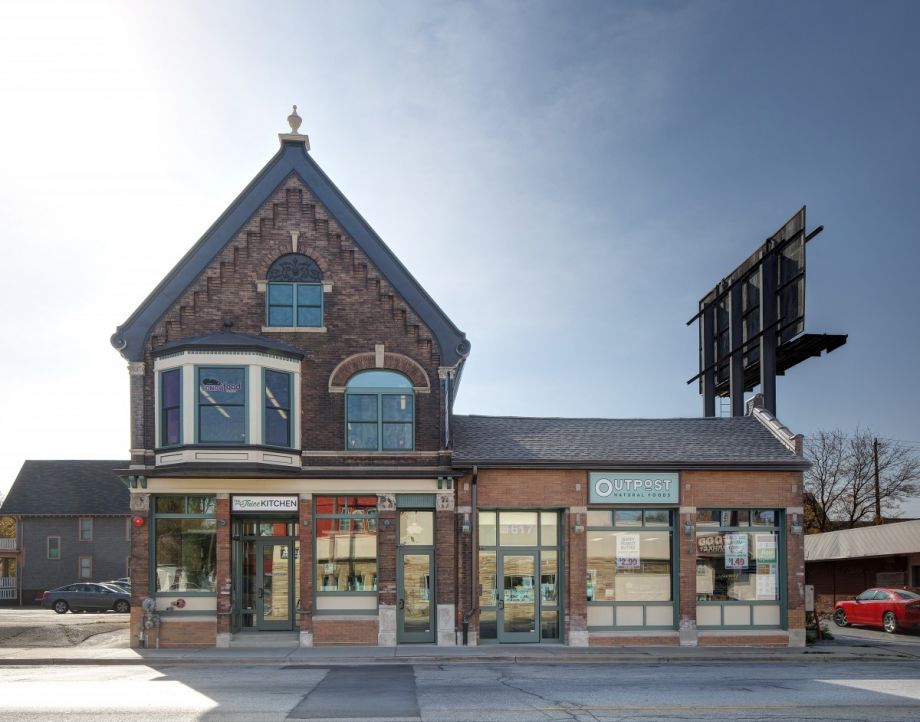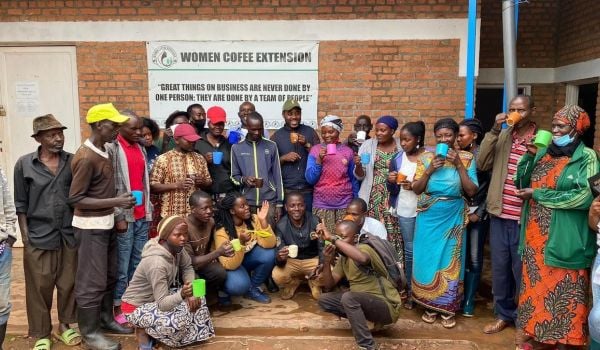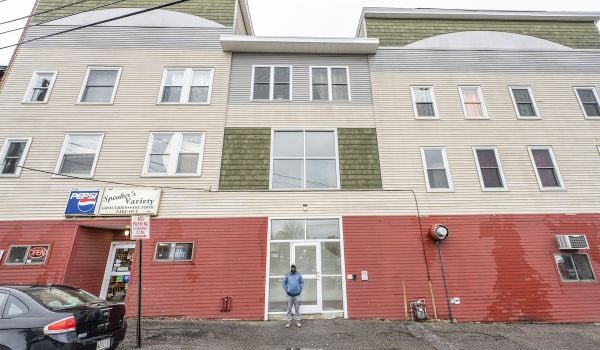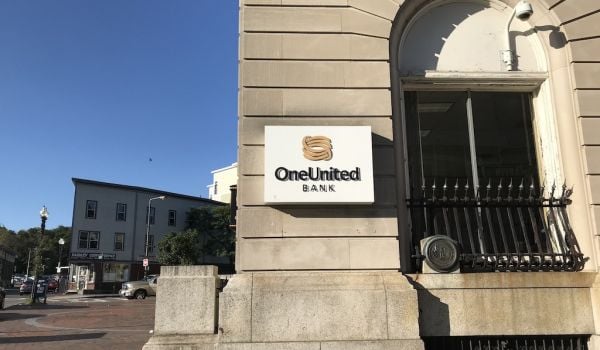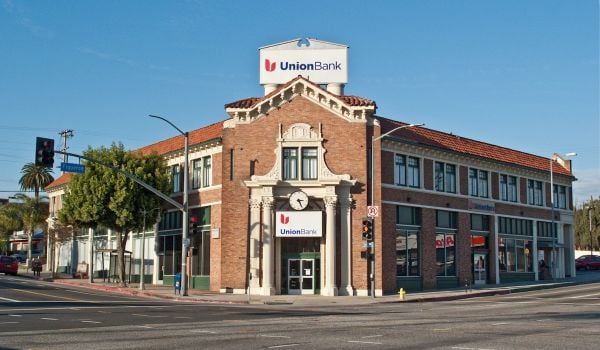Just two years ago, the corner of 16th and North Avenue in Milwaukee looked like the vast majority of the commercial strip within the city’s historic Lindsay Heights neighborhood: The buildings were boarded up, vacant and in disrepair. As in so many American cities, racial redlining, decades of economic disinvestment and the recent housing crisis devastated this once-bustling working-class hub.
Visitors today will find this intersection transformed: Teenagers gather for book clubs while they sip fruit and veggie concoctions from the Juice Kitchen. Neighbors chat over organic bulk grains at the Outpost Natural Foods co-op. And local residents facing barriers to employment get job training at the Milwaukee Center for Independence Hospitality Academy.
This vibrant hub of commerce, healthy food and community gathering is the Innovations and Wellness Commons, and it is the brainchild of an entire community.
Led by residents Larry and Sharon Adams and their community nonprofit, Walnut Way Conservation Corp., and supported by ongoing funding and technical assistance from the Zilber Family Foundation, “The Commons” proves what is possible when community, local business, and philanthropy unite around a shared vision for a healthier, more prosperous neighborhood.
“This isn’t about one lot or one store. We’re building a vibrant community supported by a quadruple bottom line: investments that are financially viable, green, socially equitable, and honor the culture and history of Lindsay Heights,” says Sharon Adams.
The (Re)Making of Lindsay Heights
In 2007, Joe Zilber, real estate tycoon-turned-philanthropist, sat down with Sharon Adams in the dining room of Walnut Way’s headquarters to discuss the future of Lindsay Heights. Both of them had spent their childhoods in Lindsay Heights, a generation apart; both had returned to the area with a vision of revitalization.
Zilber, founder of the Zilber Family Foundation, recalled growing up with the resources he felt every American child should have — safe streets, good public schools, quality housing and access to local businesses where they could cut their teeth on afterschool jobs. Adams remembered a neighborhood that was the hub of Milwaukee’s African-American community, where over 200 black-owned businesses thrived.
In the intervening decades, however, the community had been targeted for racial redlining, and numerous homes and businesses were torn down to build the I-43 highway. As manufacturing jobs left Milwaukee and segregation deepened, commerce and city resources divested from the community and Lindsay Heights became the most impoverished area of the city.
“Joe thought there was something wrong about the fact that children born in Lindsay Heights today have such constrained socioeconomic opportunities open to them,” says Susan Lloyd, executive director of Zilber Family Foundation. “And as a real estate builder, he recognized that when some neighborhoods don’t thrive, it saps the energy of the overall city.”
So Zilber decided to fund a 10-year commitment to improve quality of life in several impoverished neighborhoods in Milwaukee. The search for a trusted community partner in Lindsay Heights led him to Adams, who was well-known for her community leadership and Walnut Way’s impact on the neighborhood: building community gardens and orchards in vacant lots, facilitating new construction, helping residents get on a pathway to homeownership, and setting up job skills training for youth.
Building a Healthy Food Engine for Growth
The project began with an inclusive community planning process that allowed residents and local organizations to collect input from the community and build consensus around eight central community goals, codified in a Quality of Life Plan.
Though these goals spanned health, education, housing and other issue areas, one goal emerged as a clear community priority: strengthening the commercial corridor along North Avenue.
“North Avenue was one of the longest commercial corridors in the region, but there were no anchor institutions throughout Lindsay Heights,” says Adams. “Residents were forced to buy goods outside the community.”
Years of disinvestment had left a third of commercial properties vacant and greatly depressed land values, and the majority of properties were in need of extensive renovation. Over the course of 2013 and 2014, a committee including local residents, nonprofits, healthcare providers and medical systems, and universities outlined plans for a cooperatively funded commercial development project on North Ave. that would bring jobs and resources into the neighborhood and encourage other businesses to return to Lindsay Heights.
“We worked very intentionally to put together a financial model that would have cash flow, that would become profitable and self-sustaining,” Adams says. “Being able to make our case that this was a financially viable project was absolutely crucial to attracting donors and investors.”
Given that 64 percent of the neighborhood lacked access to healthy food and one in five residents were unemployed, the planning committee decided that The Commons should house tenants that could increase access to natural foods, job training and lifelong learning opportunities, and health and wellness services (three of the eight goals outlined in the Quality of Life Plan).
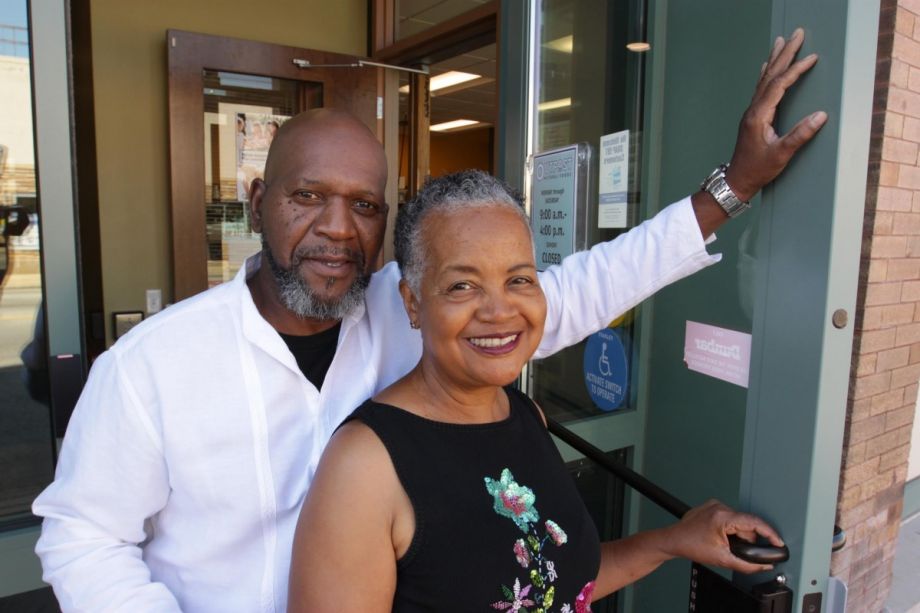
Larry and Sharon Adams (Credit: Walnut Way Conservation Corp.)
Phase I of the project broke ground at 1615-1617 W. North Avenue in October of 2014, with funding from a combination of federal and state grants, community funding from the tenants and development team, and donations from multiple philanthropic sources, including an Innovation Fund grant by the Convergence Partnership, which contributed to the Zilber Family Foundation’s investment in the project. In line with community goals around local hiring, two local companies were contracted to assist in demolition, restoration and electrical work. By the next fall, The Commons was fully operational.
Phase II of the project is expected to begin in Spring 2017. A newly constructed building at 1609 W. North Avenue will connect the rehabbed historic property with a new facility, and will house a major medical provider and other wellness services.
When all is said and done, The Commons will add 15,000 square feet of mixed-use retail and commercial building space and bring more than 45 jobs — more than 60 percent of which will be filled by neighborhood residents — and $6 million in direct investment to the neighborhood.
A Catalyst for Community Involvement and Community Impact
The Commons is an exemplar for community-led development. With the help of a powerhouse nonprofit partner and a funder who prioritizes community voice, the residents of Lindsay Heights have been the guidepost by which decisions are made at every step of the process.
“In neighborhoods of concentrated poverty, there’s a lot of capacity and talent within the community, but there may not be the relationships to funders or the private sector or technical expertise,” Lloyd says. “We saw our role as providing a connecting link, and allowing residents to teach us about what they know best: their community.”
As a result, The Commons has not only added commercial space, it has been a catalyst for community involvement, creating the types of shared spaces the community was longing for.
“It was so valuable to be a part of my neighborhood’s development, and not just have someone come in and tell us what we need,” says Francesca Dawson, a resident of Lindsay Heights for the past 16 years. “When I first moved into the area, gunshots were right outside my door, drugs were sold openly at any time of day or night,” she explains. “I would see other communities with bakeries and stores and gathering places, but we didn’t have any of that.”
Now Dawson uses the Juice Kitchen as a place to convene reading groups for her 10-year-old daughter and her classmates, offering them a safe community space to meet, socialize and learn about healthy eating. “It’s been a slow process, the community coming back, but today my children can play outside safely. There are some places for them to go on North Ave.,” she says. “I’d only like to see more — a restaurant, a movie theater, other places for our children to learn and play.”
In recent years, $40 million in investments have been made in the area, anchored by institutions like the YMCA, Fondy Food Market, St. Ann’s Intergenerational Center, and Columbia Savings and Loan. Though Joe Zilber passed away before his vision of The Commons could be realized, the signs of community revitalization he so hoped for are increasing with every year.
“When communities have a cultural experience in deprivation, they can take on the attitude of scarcity,” says Adams. “But that is an illusion, there is plenty of abundance. When we work with each other, for each other, we can shape a common vision for what our community can be.”
Courtney Hutchison is senior communications associate at PolicyLink, a research and action institute advancing economic and social equity. She produces stories for the PolicyLink America’s Tomorrow newsletter, which highlights campaigns, leaders, policies, reports and local models that build an equitable economy.

